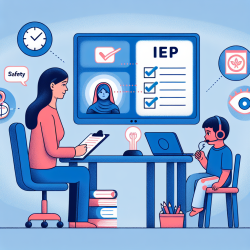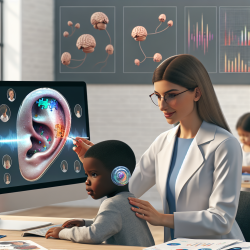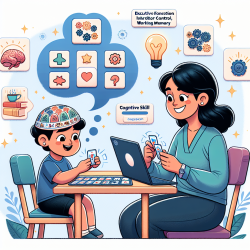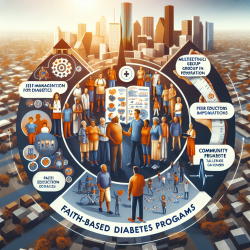Understanding the Role of the Left Inferior Frontal Gyrus in Response Inhibition
As practitioners in the field of speech-language pathology, we are constantly seeking data-driven insights to enhance therapeutic outcomes for children. Recent research has uncovered fascinating findings about the left inferior frontal gyrus (LIFG) and its critical role in response inhibition, a key component of executive control functions.
The Research Findings
A study conducted by Swick et al. (2008) explored the importance of the LIFG in response inhibition using a Go/NoGo task. The study involved 12 individuals with damage to the LIFG and compared their performance to control groups. The results were compelling: individuals with LIFG lesions exhibited higher error rates in response inhibition tasks, particularly under challenging conditions where inhibitory control was more demanding.
Implications for Child Therapy
Understanding the role of the LIFG in response inhibition opens new avenues for enhancing child therapy. Here are some practical applications:
- Targeted Interventions: Incorporate exercises that specifically engage the LIFG, such as tasks that require children to inhibit automatic responses. This can improve their executive control and overall cognitive flexibility.
- Assessment and Monitoring: Use response inhibition tasks as a diagnostic tool to identify potential deficits in children and monitor progress over time.
- Customized Therapy Plans: Tailor therapy plans to include activities that strengthen inhibitory control, thereby enhancing the child's ability to manage impulsive behaviors and improve attention.
Encouraging Further Research
While the current study provides valuable insights, it also highlights the need for further research. Practitioners are encouraged to explore the following areas:
- Investigate the interplay between the LIFG and other brain regions involved in response inhibition.
- Examine the developmental trajectory of LIFG involvement in inhibitory control in children.
- Explore the impact of targeted interventions on LIFG function and overall cognitive development.
Conclusion
The findings from Swick et al. (2008) underscore the critical role of the LIFG in response inhibition. By integrating these insights into therapeutic practices, we can enhance the efficacy of interventions and improve outcomes for children. Embracing a data-driven approach ensures that our methods are grounded in scientific evidence, ultimately leading to more effective and personalized therapy.
To read the original research paper, please follow this link: Left inferior frontal gyrus is critical for response inhibition.










